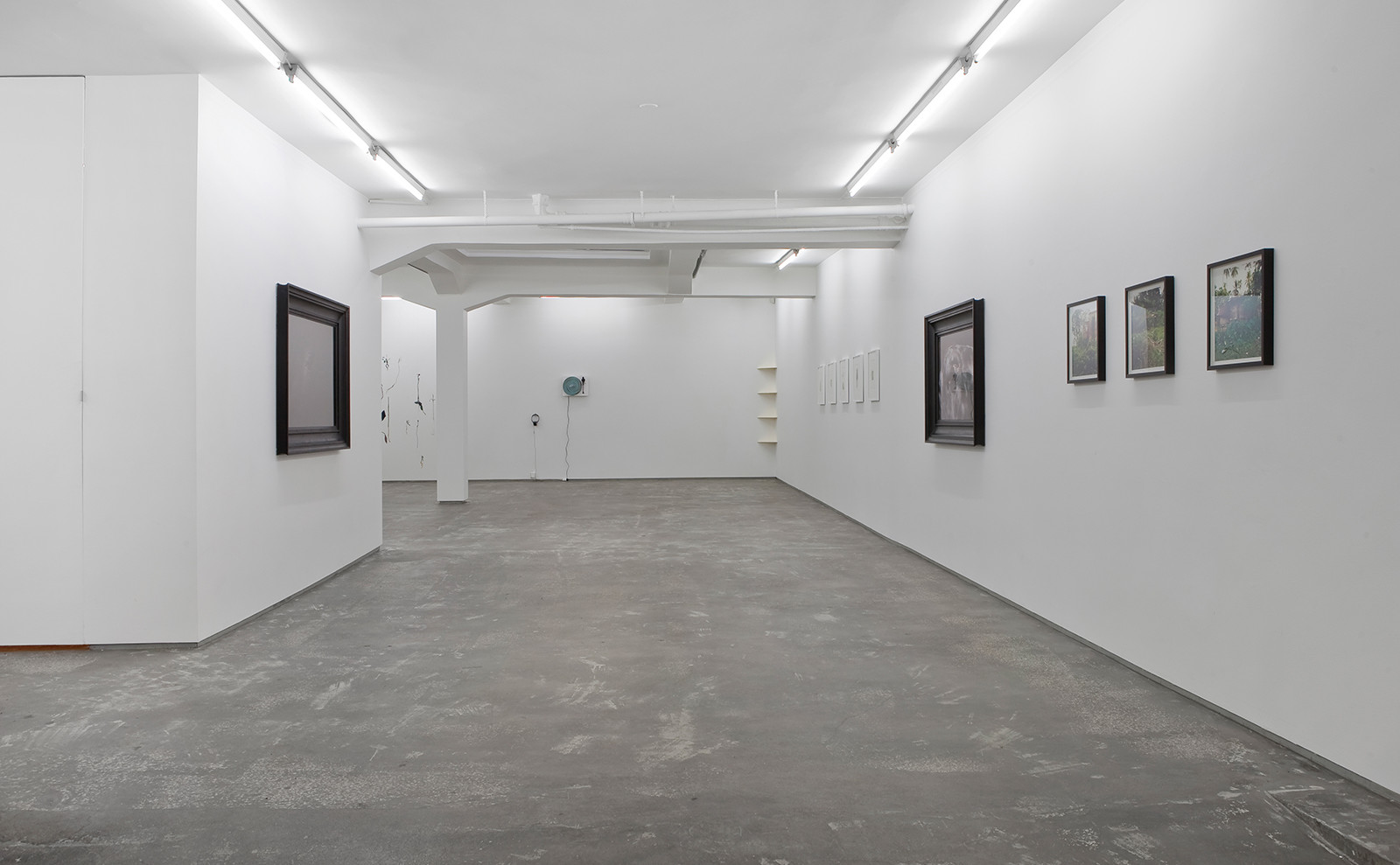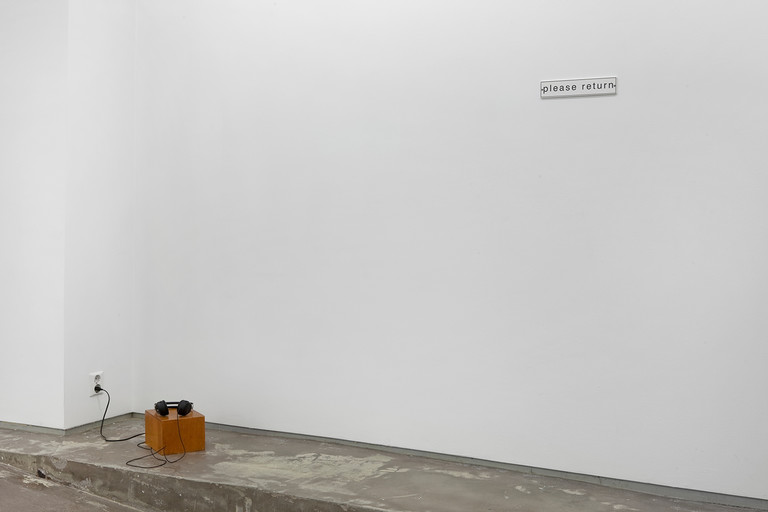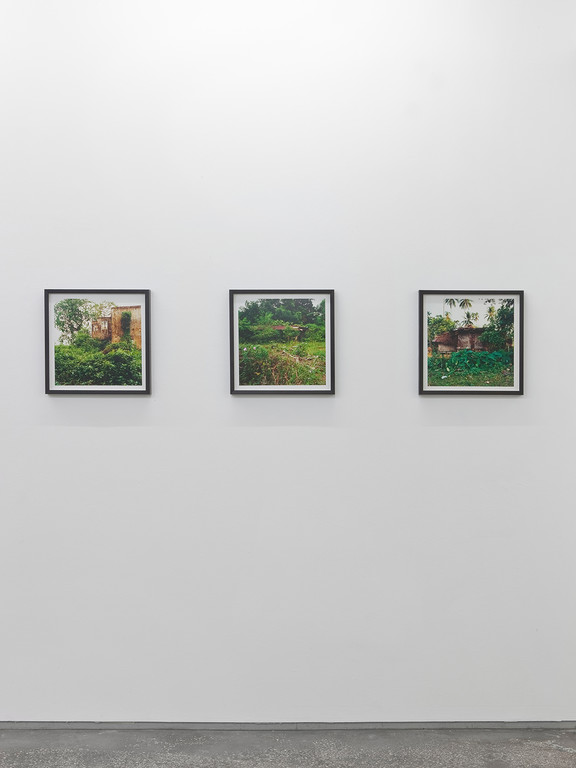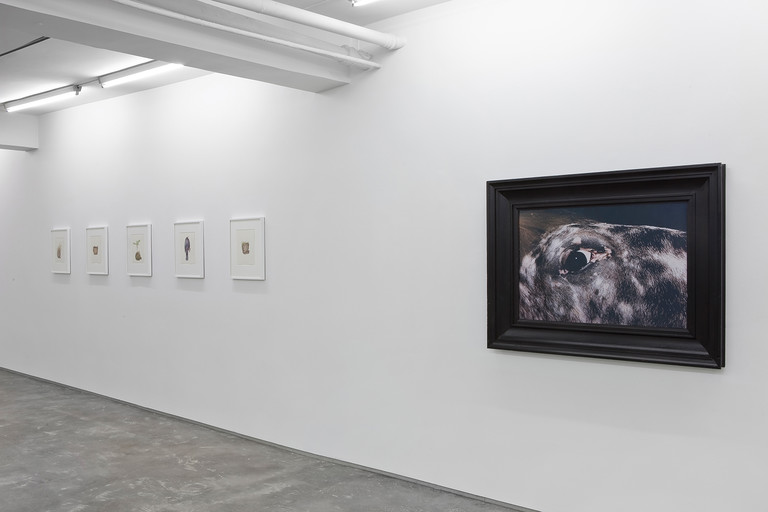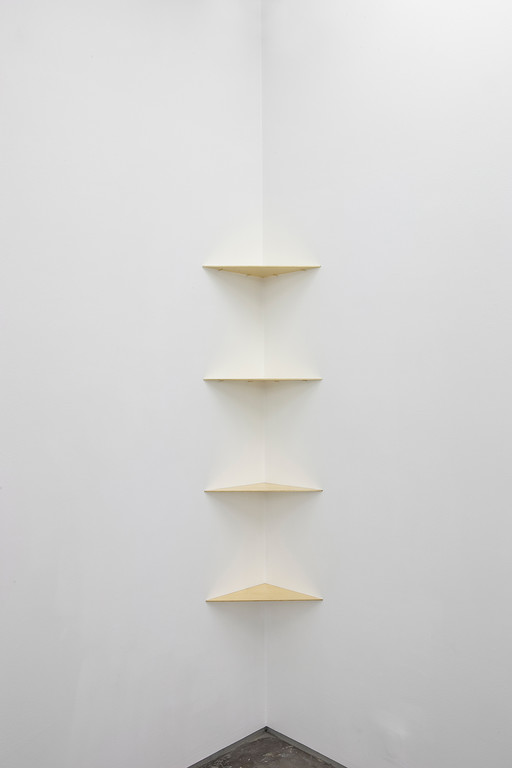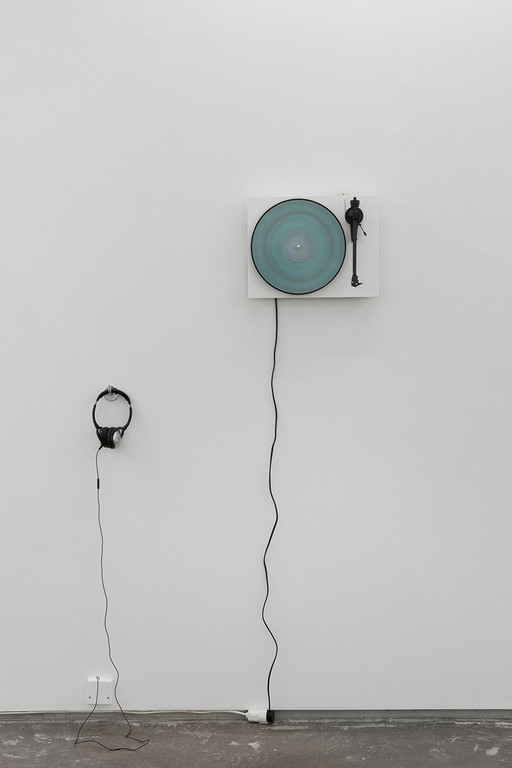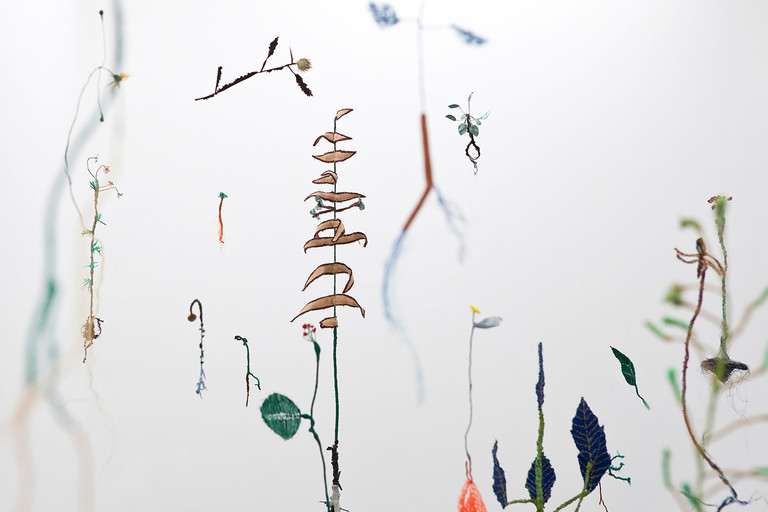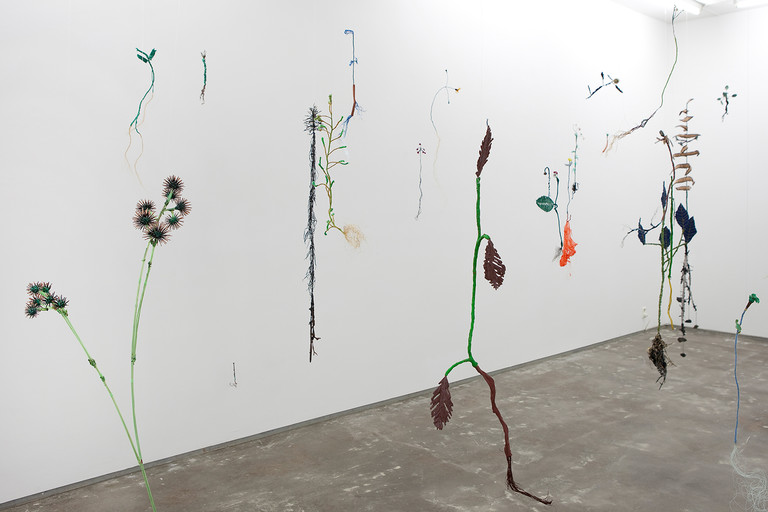Eija-Liisa Ahtila, A K Dolven, Simryn Gill, Hreinn Fridfinnsson, Esko Männikkö,
Cildo Meireles, Tuuli Saarekas and Thorbjørn Sørensen
“Concepts thus do not capture or mirror what is 'out there', but are fully immersed in a constantly changing reality.”
This quotation from the Finnish media theorist Jussi Parikka perfectly captures the idea of this exhibition. The invited artists use the ever-changing reality in and around us to create a new kind of awareness and understanding of the situation in which we are living our lives.
This being in/of nature is well understood in art, more comprehensively than in theories and doctrines. It has often been manifested in keen observations of nature, animals and other non-human beings. Observation as an artistic method is still an integral part of this art, but it is done more and more from the perspective of an insider with shared behaviours and experiences among humans and non-humans.
This small exhibition wishes to focus on the new discourse of “natureculture”. Its main tenet is a principle of shunning modernist dualisms such as nature-culture, material-semiotic, body-soul, individual-society. The term was coined in 2003 by the US philosopher of science Donna Haraway and, despite being contested, offers a new way of seeing the way art is also about nature applying its phenomena and semiotics, sounds and colours, rhythms and compositions. The artists in the exhibition share this awareness even though their approaches vary. Their art is based on observations of animals and their “human-like” behaviour, or they reveal the ways we interpret the animal world, or simply the ways we are immersed in nature and in a shared existence with non-human beings.
This thinking proposes a new way of living in nature.
Eija-Liisa Ahtila is known for her video installations which tell stories about life’s intensive situations. Sharing life with animals is a recurrent theme in her work. The work Hour of Prayer in the exhibition is the sound track of a video installation with the same title. The story is about the death of her beloved dog and close companion.
Eija-Liisa Ahtila lives in Helsinki.
A K Dolven uses many media in her work. She both paints, performs, films and sculpts. The work Please return in the exhibition is filmed in Lofoten and tells about the symbiosis with nature which she experiences in this, her other domicile. The sound in the work echoes in the majestic mountain scene and in repetition changes tone and meaning.
A K Dolven lives in Kvalnes and London.
Hreinn Fridfinnsson’s art is based on his unique kind of poetic conceptualism. He is a keen observer of nature and the ways we see things and give them symbolic meaning. He is also interested in the visuality of physical phenomena and uses them to reveal their magical beauty.
Hreinn Fridfinnsson lives in Amsterdam.
There is often a dark vein in Simryn Gill´s art that reminds us of the ways we treat nature, waste resources and act in irrational ways. She uses a wide range of found material in her installations and photographs situations in nature which reveal human interference. The unique combination of absurdity and critique of human behaviour is a special characteristic of her art. The works in the exhibition are photographed in Malaysia.
Simryn Gill lives in Port Dickson, Malaysia and Sydney, Australia.
Cildo Meireles’ installations are often based on the traditions that we routinely rely on when evaluating materials. Questions like whether gold is more valuable than water are at the core of his art. Sense experience is often involved in his art. It can be a smell, a sound, a tactile quality of the material that he uses or the way we bodily experience the world around us. Sound has fascinated him throughout his career. Rio Oir/ Rio Hears is recorded in his hometown.
Cildo Meireles lives in Rio de Janeiro.
Esko Männikkö’s medium is photography. He has recorded people and animals in the northern regions of Finland. He is an explorer of beauty and finds it in people and animals. He often tests the limits of our aesthetic canons and opens up new ways of seeing people and nature around us.
Esko Männikkö lives in Oulu, Finland.
Tuuli Saarekas’ approach to her art is to take a close look at things and reflect from many points of view on what she is seeing. The work Idle plants is a result of a moment when she started to look at plants that are neither useful nor planted for beauty. To represent them she uses various material, most of them recycled from the waste we leave behind us.
Tuuli Saarekas lives in Helsinki.
Thorbjörn Sörensen is best-known for his oil paintings and prints. He uses both abstract and figurative forms. In case of the latter the subjects are often taken from the close family milieu or from any commonplace situation that we easily recognize. The series of watercolours shown in the exhibition is based on a chance observation of the ground near his studio. Each plant is depicted as unique and each detail is rendered with unremitting care.
Thorbjörn Sörensen lives in Oslo and his works are shown in collaboration with Galleri K.
